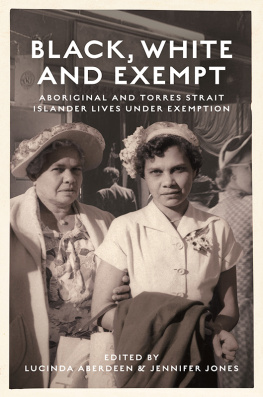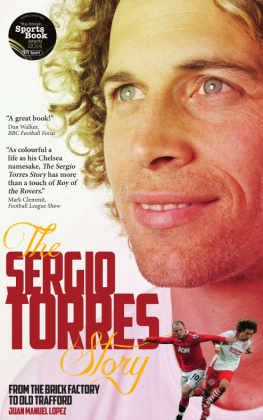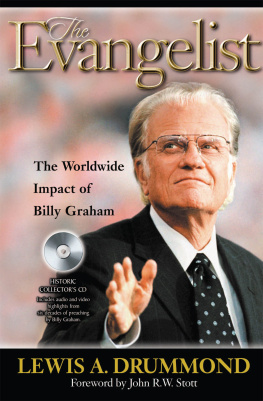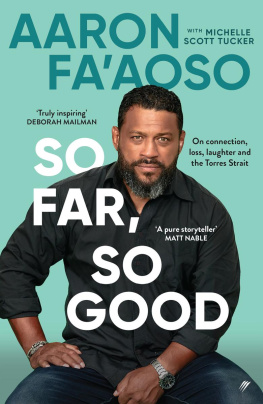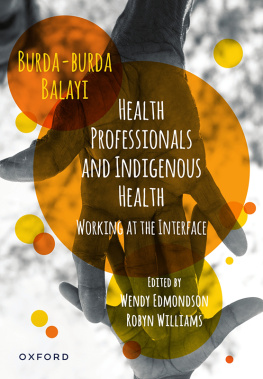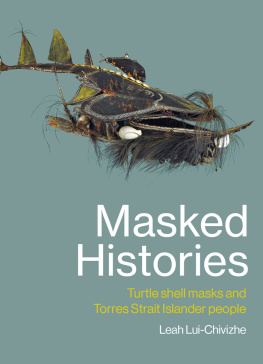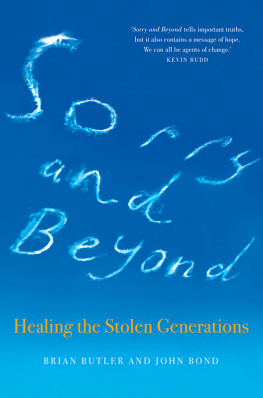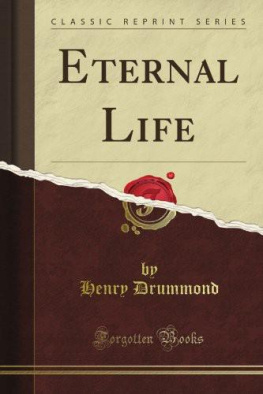Old men, young again ~ old men, young again /ur ma iguseda peibri pekem iguseda ~
Ali had the arms of a fisherman ~ the legs of a sailor ~ for so long a time he lived from the riches of the sea ~ working sunrise to sunset on the turn of tides ~ with hooks and lines and nets he made his living ~ once he was a young man ~ now he is an old man ~ but his eyes shine bright when he talks about the sea/and he caught with his hands ~ the fish that fed the islands ~ Ali Drummond is a young man when he talks about the sea ~
Old Men And The Sea
From Island Way, 2006
Seaman Dan, Karl Neuenfeldt & Kyana-Lili Neuenfeldt Pearson
Life blong Ali Drummond
A Life in the Torres Strait
Samantha Faulkner with Ali Drummond
First published in 2007
by Aboriginal Studies Press
Samantha Faulkner & Ali Drummond 2007
Reprinted 2008
All rights reserved. No part of this book may
be reproduced or transmitted in any form
or by any means, electronic or mechanical,
including photocopying, recording or by any
information storage and retrieval system,
without prior permission in writing from the
publisher. The Australian Copyright Act 1968
(the Act) allows a maximum of one chapter
or 10 per cent of this book, whichever is the
greater, to be photocopied by any educational
institution for its education purposes
provided that the educational institution
(or body that administers it) has given a
remuneration notice to Copyright Agency
Limited (CAL) under the Act.
Aboriginal Studies Press
is the publishing arm of the
Australian Institute of Aboriginal
and Torres Strait Islander Studies.
GPO Box 553, Canberra, ACT 2601
Phone: (61 2) 6246 1183
Fax: (61 2) 6261 4288
Email:
Web: www.aiatsis.gov.au/aboriginal_studies_press
National Library of Australia
Cataloguing-In-Publication data:
Faulkner, Samantha.
Life blong Ali Drummond : a life in the
Torres Strait.
ISBN 9780855755560 (pbk.).
ISBN 9780855756826 (PDF ebook).
1. Drummond, Ali, 1917 . 2.
Drummond, Ali, 1917 Family. 3.
Torres Strait Islanders Ethnozoology.
4. Torres Strait Islanders Science. 5.
Divers Torres Strait Biography. 6.
World War, 19391945 War work
Queensland Torres Strait Islands. 7.
Lawn bowlers Queensland Torres
Strait Islands Biography. 8. Torres
Strait Islands (Qld.) Social life and
customs. I. Title.
920.00929915
Printed in Australia by Ligare Pty Ltd
Cover images: Ali during his pearling years;
Aerial shot of Thursday Island, photo by
George Serras, courtesy Torres Strait Regional
Authority & National Museum of Australia.
Shell illustration by James Boyd.
All songs reproduced with approval.
Acknowledgments
Family is important to all of us. It is especially important to the Aboriginal and Torres Strait Islander communities. Our extended families provide support, guidance and leadership to individuals as well as continuing the strong oral tradition and transmission of culture from one generation to another.
Having a record of Ali Drummonds life is important to me: hes my grandfather. So its also my familys story, as well as an opportunity to share his rich and varied experiences with a broader community.
I hope this book encourages other Aboriginal and Torres Strait Islander people to take the same journey; to record the history of our elders, families and communities for younger generations, and for all Australians to share.
I thank my mum, Vicky, for her valued assistance in shaping the stories that have been detailed throughout the book and my sister Donisha for providing the introduction, as well as her support and advice over the years. I thank my aunties: Cux, Bonnie, Teena, Dilly, Laura and Cindy, and Uncle Paul for contributing their memories and photos. This book has also been made possible with the involvement of all my extended family.
I also thank Alex Barlow for his patience, advice and guidance as a mentor over the years and the Australian Society of Authors, in particular the team behind the inaugural Indigenous Mentorship Scheme (2002). The Indigenous Mentorship Scheme provided me with the opportunity to develop the manuscript. I extend my thanks also to the Australian Institute for Aboriginal and Torres Strait Islander Studies (AIATSIS) for the initial research grant in 1998; this book would not have been possible without their support. Thanks also to Aboriginal Studies Press for their willingness to publish this story and their constructive comments and support with the manuscript.
I would like to thank my husband Warren for his patience, understanding and support. Without it I would never have accomplished this.
Finally, I thank Grandad for sharing his story with me in the first instance, and allowing others to hear it as well. I hope I have done it justice.
To you, the reader, I hope you enjoy this book. Grandad overcame adversity at a young age to achieve the things he has done. If there is a message in this book it would be to appreciate what you have, namely your family, and to remember that we all, each and every one of us, has a story to tell.
Samantha Faulkner
Prologue
The Torres Strait lies between the tip of Cape York in far north Queensland and the Island of Papua New Guinea, a distance of 150 km at the narrowest point. The waters and reefs that surround the islands are home to a range of ecosystems and include habitats for rare aquatic species.
Of the more than 100 islands in the Torres Strait, nineteen are inhabited. The total population of Torres Strait Islanders in the Strait is approximately 6900, while the total population of Torres Strait Islander people in Australia is estimated to be 48,800 which includes 19,600 people of Torres Strait and Aboriginal heritage. Of the total population, 45 per cent live in parts of Queensland outside the Torres Strait area and 18 per cent live in NSW (Census 2001 on http://www.reconciliation.org.au/i-cms.isp?page=292, accessed 21 June 2007). On the islands, populations vary between communities, but they number from between 70 to 750 people. There are twenty communities, including the Northern Peninsula Area, (Cape York, mainland), and each maintains a local council. Traditionally the village has been the basis of social organisation but Torres Strait Islanders may identify through their clan, village or island. They are diverse peoples with differing needs. The Torres Strait is part of Queensland and the Torres Strait Regional Authority provides administration over the area. The islands are grouped into the following clusters:
Top Western Islands (closest to New Guinea)
Boigu, Dauan, Saibi, running from west to east
Near Western Islands
Badu, Mabuiag, Moa Kubin, St Pauls communities
Central Islands
Iama (Yam); Masig (Yorke); Poruma (Coconut); Warraber (Sue)
Eastern Islands
Mer (Murray); Ugar (Stephen); Erub (Darnley)
Inner Islands
Hammond; Muralug (Prince of Wales); Ngurupai (Horn); Thursday Island TRAWQ (represents the residents of the suburbs of Tamwoy, Rose Hill, Aplin, Waiben and Quarantine on Thursday Island), Port Kennedy


